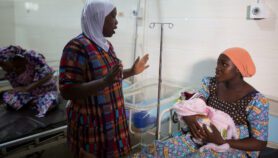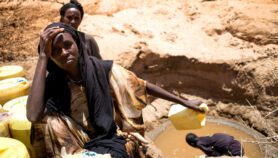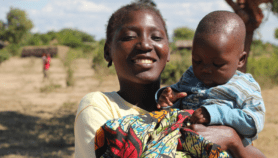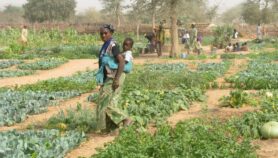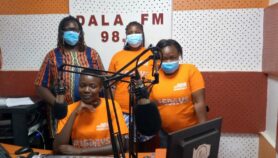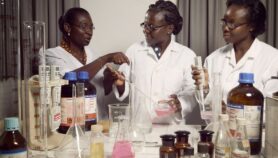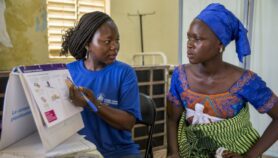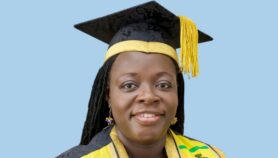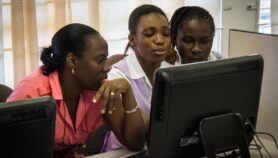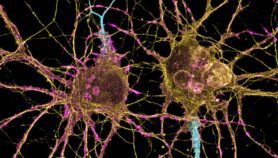By: Tamar Kahn
Send to a friend
The details you provide on this page will not be used to send unsolicited email, and will not be sold to a 3rd party. See privacy policy.
[CAPE TOWN] South African women lag behind their male counterparts in public sector careers in mathematics, science and engineering, according to a new study published this week by the South African department of science and technology.
Although women have made significant strides since the advent of democracy in 1994, the study shows those in scienctific community tend to be younger, earn less, receive fewer rewards and recognition than men, and are largely clustered in the health sciences.
The research also shows that little public sector research is focused on the specific needs and problems of women.
The study holds few surprises, but it is an important basis for policy development, said the department’s director for gender and disability, Shaida Asmall. It will be followed by a five-year study due to begin next year that will explore the reasons why so many women end their careers in science, leaving few in senior positions.
The department also plans to develop a policy on gender and science, to ensure that South African research not only includes women as part of the workforce but also delivers results that benefit them, said Asmall.
While women constitute more than half of all university enrolments and graduations in undergraduate science, engineering and technology courses (53 and 58 per cent respectively in 2001), fewer women enrol in masters and doctoral level study (42 per cent in 2001).
There are also significant differences between women of different race groups, a legacy of apartheid. For example, 65 per cent of the women enrolling for doctorates in 2001, and 76 per cent of those graduating, were white.
Two thirds of the enrolments and graduations in natural sciences and engineering were men, and almost half the graduations and enrolments in the health sciences were women.
On the research and teaching front, the number of women working in universities and technical colleges rose from 30 per cent of the workforce in 1992 to 40 percent in 2001. However the highest ranks were still dominated by men. Only seven per cent of women become professors, compared to 26 per cent of men.
The study also highlights significant differences in how often men and women publish science papers – a key measure of success in research. Less than one-third of all actively publishing scientists between 1990 and 2001 were women, and their average article output was lower than that of men.
The authors recommend that the South African Reference Group on women in science and technology consider support and incentives to assist female scientists to increase their publication output.
In 2002, just two women attained the National Research Foundation’s top accolade of an A-rating, compared to 42 men. The ratings enhance scientist’s ability to secure research grants and top jobs.
The researchers only surveyed two funding bodies, the National Research Foundation and the Medical Research Council. Between 1995 and 2001, women received 21 per cent of all research grants and 43 per cent of the masters and doctoral scholarships awarded by the National Research Foundation, and secured the majority (57 per cent) of Medical Research Council post-graduate scholarships.
However, the authors caution against drawing conclusions about the sex distribution of funding in South Africa since this part of the survey was limited.
The report on South African women in science was compiled by Tracy Bailey and Johann Mouton from Stellenbosch University’s Centre for Research on Science and Technology.
Link to SciDev.Net’s Africa newsletter on gender and science


